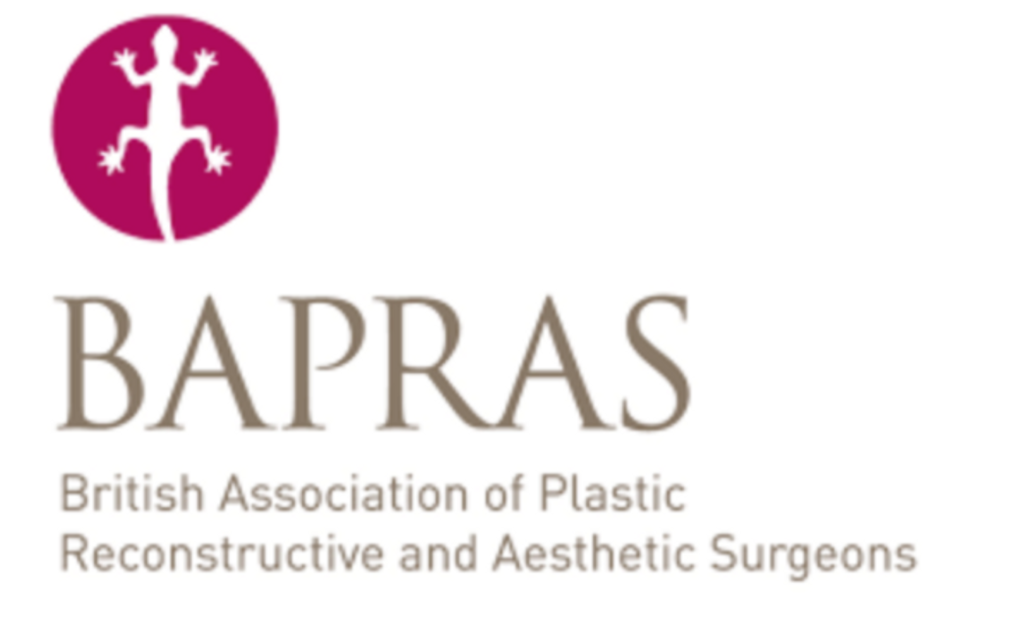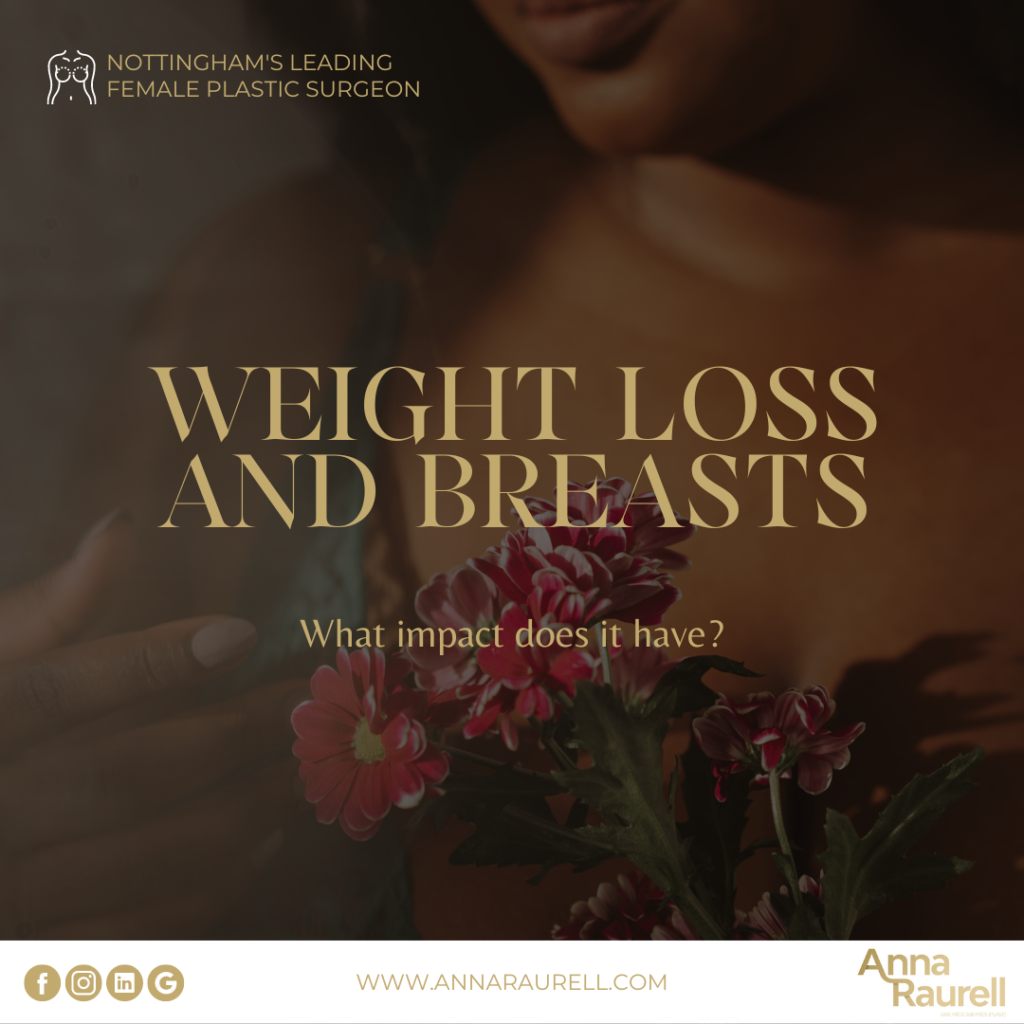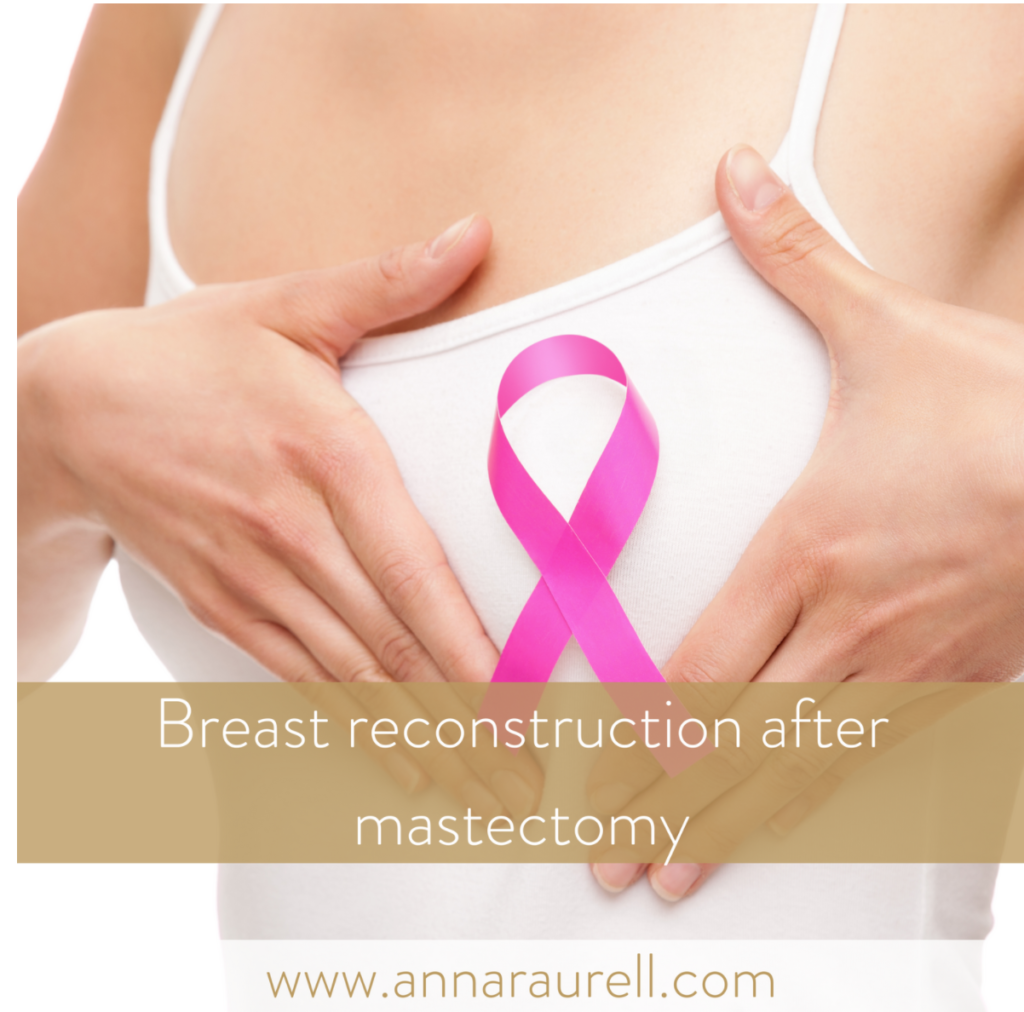
What is boob job?
A boob job is a surgical procedure to increase the size and fullness of breasts using breast implants. Also referred to as ‘breast augmentation’ or ‘breast aug’, the aim of a boob job is to boost an individual’s self-confidence by enhancing their body image. A boob job remains the most popular form of cosmetic surgery in the UK, with 7,727 women opting to have this surgery in 2018.
Who is a good candidate?
Candidates must meet some basic requirements to qualify for surgery, these include:
- The patient must be physically healthy
- They must not be pregnant or breastfeeding
- Their breasts must be fully developed
- They need to have realistic expectations of the outcome
In order to have realistic expectations of the outcome of the surgery, patients are advised to read about the procedure, the recovery, possible risks and to review before and after photos. This blog post is a great place to start!
Patients must also understand their own personal reasons for wanting a boob job and to ensure they are not having the procedure due to external pressures. Common reasons for having this cosmetic surgery are because:
- Breasts have not fully developed in proportion to the rest of the body
- Breasts are not of similar shape or size (which can occur after pregnancy, weight loss or with aging)
What happens throughout the procedure?
There are 4 basic steps to the procedure:
- Anaesthesia – this is administered for the patient’s comfort during the surgical procedure
- The incision – There are three options for inserting the implant and each option has a different area of the incision. It is important to discuss these options with your consultant and be aware of the postoperative scars. The three options include:
- Inframammary approach (under the breast)
- Periareolar approach (around the nipple)
- Axillary approach (in the armpit)
- The decision will be based on the type of implant, the degree of enlargement desired, the patient’s anatomy and patient-surgeon preference.
- Inserting the breast implant – a pocket is created to insert the implant either above the muscle and under the breast (sub glandular), or below both the muscle and the breast (sub muscular). Breast implants vary in shape (round or teardrop), projection and size, this will be discussed and agreed in the consultation.
- Closing the incisions – the incisions are closed with stitches in multiple layers.

Post-operative period
After the procedure, dressings are applied to the area of insertion and the breasts are supported with tape. It is likely that the chest will feel tight and the breasts sensitive, any pain will be managed with appropriate medications. A surgical support bra will need to be worn 24/7 for four weeks. It is advised to avoid under-wired bras for eight weeks after the surgery.
Time off and recovery
It is recommended to take one to two weeks off work after the breast augmentation surgery. Patients are required to stay in the hospital for one night, then return home and gradually resume daily activities in the first couple of weeks but nothing too strenuous until three to four weeks after the procedure. With no complications, it is expected that patients can resume their normal exercise regime six weeks after surgery.
How long do implants last?
Breast implants do not last a lifetime, some women may need further surgery after approximately 10 years, either because of problems with the implants or because their breasts have changed around the implants.
Risks and safety
Any type of surgery comes with a small risk of bleeding, infection, allergic reaction to the anaesthetic and blood clots forming deep in the veins. The specific risks associated with a boob job include:
- Scarring
- Capsular contracture (the breast tissue feeling hard where scar tissue has shrunk around the implant)
- A ruptured implant
- Creases or folds in the implant
- The implant rotating within the breast
- Rippling of the implant
- Nerve problems in the nipples
- Not being able to breastfeed or producing slightly less breastmilk than you would without implants
There is also a possible link between breasts implants and a rare type of cell cancer called Anaplastic Large Cell Lymphoma (ALCL). Although this affects a very small number of women it is important to be aware of this risk, please visit the GOV.UK website for more information.
For more information on breast augmentation surgery please feel free to contact us and we will be more than happy to help you.
This article is intended to inform and give insight but not treat, diagnose or replace the advice of a doctor. Always seek medical advice with any questions regarding a medical condition.






